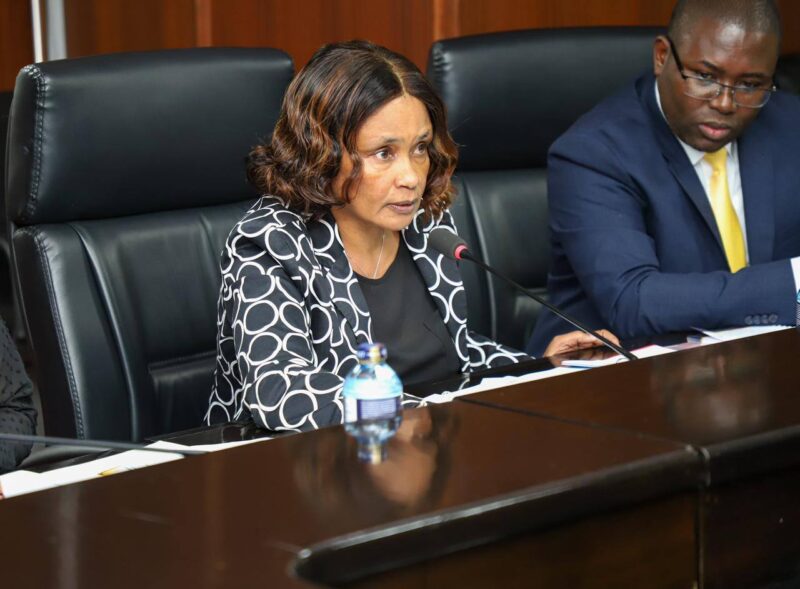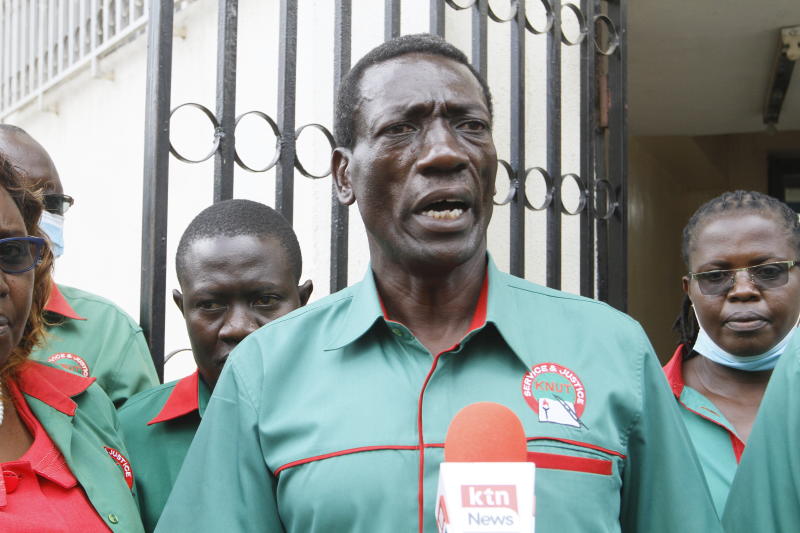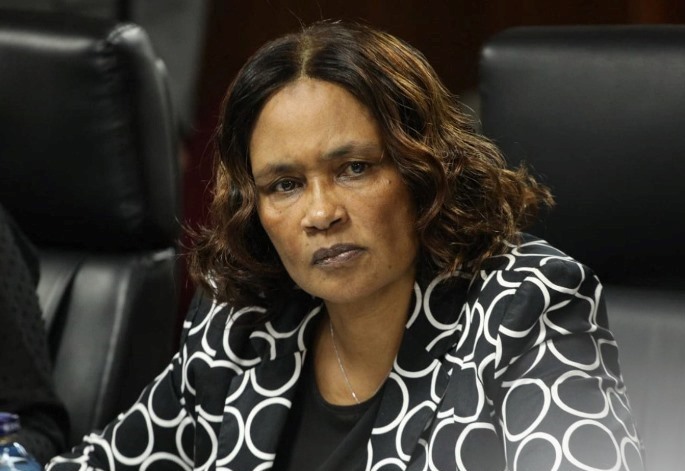The Ministry of Education has warned that Kenya’s student population may drop by nearly 10 percent after an ongoing audit revealed tens of thousands of ghost learners across schools. Early findings suggest secondary schools are the most affected, with over 50,000 learners flagged as non-existent.
Speaking to the National Assembly Education Committee, Principal Secretary Prof Julius Bitok said the audit of enrolment data is 60 percent complete and has already exposed massive discrepancies. “Secondary schools have shown the biggest gaps so far. The numbers are simply not adding up,” he said.
The fraudulent listings have serious financial implications. At Sh22,244 per student annually, ghost learners in secondary schools alone may have drained at least Sh1.1 billion from taxpayers. Prof Bitok confirmed that the Treasury disbursed Sh13 billion this term across 17,500 schools, with secondary institutions receiving the largest share at Sh5.14 billion.
Funds are allocated into two accounts for each school: tuition, which supports classroom learning, and operations, which cover expenses like electricity, internet, water, and student meals. Inflated enrolments therefore distort funding and weaken service delivery.
While primary and junior schools show enrolments higher than projected, the PS explained that the anomalies there appear less severe compared to secondary institutions. Special needs schools have also been included in the verification, with Sh40 million allocated this year.
The Ministry is triangulating data from NEMIS, school heads, and sub-county education officers to ensure accuracy. Once the verification is complete, the old NEMIS system will be replaced by the Kenya Education Management Information System (KEMIS), set for rollout in January 2026.
The audit also reviewed infrastructure funding worth Sh1.39 billion disbursed between 2020 and 2025. Prof Bitok assured MPs that these grants were based on presidential directives and were not part of the ongoing scandal.
He urged Parliament and stakeholders to provide guidance on how to handle implicated schools and officials. “We want the committee and stakeholders to help us decide what to do with this data,” he said.
The findings raise questions about accountability in education financing, especially in a sector that consumes nearly Sh700 billion of the national budget annually. If loopholes are not sealed, experts warn that free education could remain vulnerable to fraud at the expense of deserving learners.




